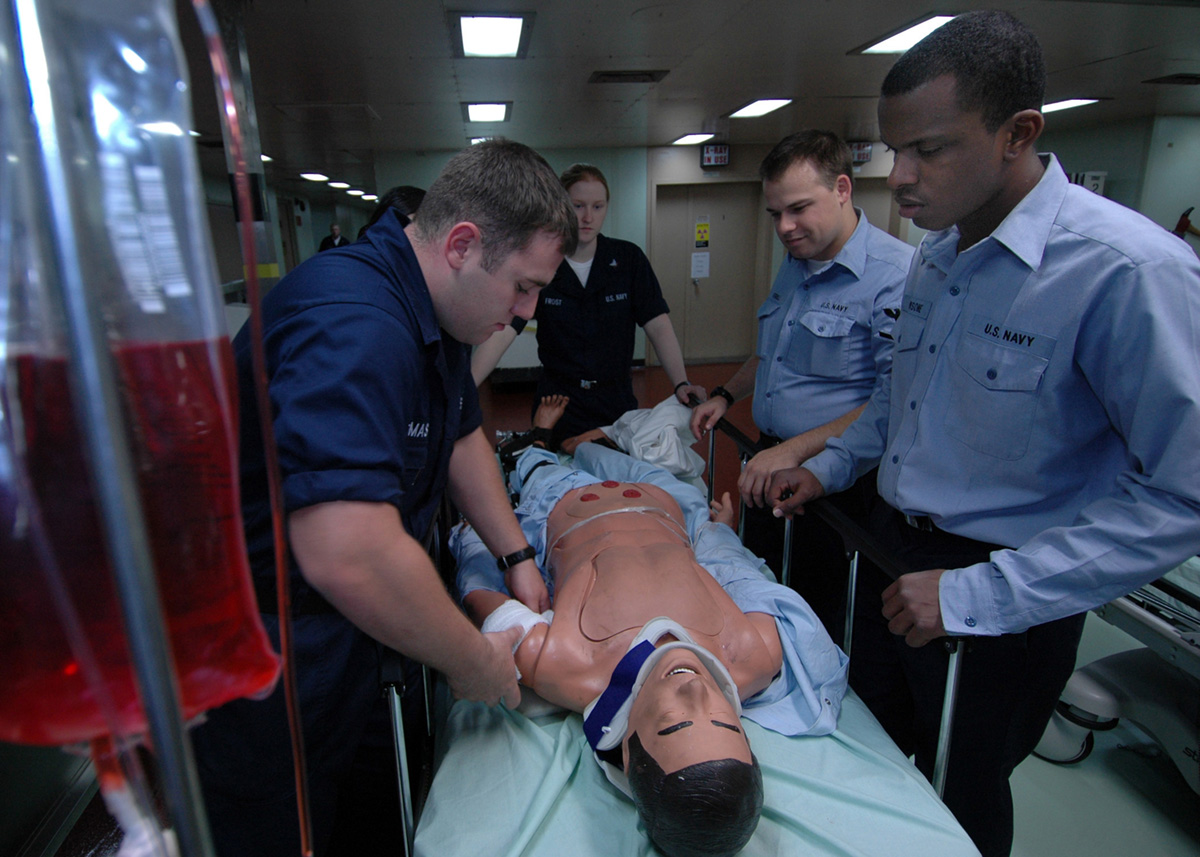
Traction alopecia is only one type of the alopecia and it features with loss of hair caused by constant and excessive pulling or tension exerted on the hair. This condition generally affects people who wear tight braids, hair weaves or cornrows. The previously mentioned causes prolonged pulling and traction of the hair which consequently leads to damage of the dermal papilla and hair follicles. Apart from constant pulling of the hair traction alopecia may also develop due to frequent application of hot combs, use of dyes, straighteners and bleaches. Even excessive use of hair solutions and telogen conversion may be responsible for the occurrence of traction alopecia.
Traction alopecia most frequently affects African American women, Sikh men and Japanese women. The condition can affect all the age groups including children, teenagers and adults.
Symptoms and Signs of Traction Alopecia
Initial symptoms and signs of traction alopecia include itching, dandruff and thinning of the hair. The person may notice large strands of hair coming out while combing. Furthermore, there is also a chance of tingling sensation or even pain in the affected area. Even the rest of the scalp may be moderately painful.
Scarring of the affected area may lead to permanent hair loss. In men traction alopecia can be associated with tenderness in the areas of the jaw and cheeks. The affected skin typically features with patchy areas of hair loss and perifollicular erythema. In some cases the affected skin may be covered in scales and pustules.
Treatment for Traction Alopecia
The best thing is to diagnose traction alopecia in an early stage since this way permanent hair loss can be successfully prevented. The first thing one should do is to loosen the tension from the hair. The stress onto the hair follicles must be minimized. This will allow hair follicles to regenerate and get back to normal. The hair needs to stay loosen.
Hair re-growth lasts rather long and it may take up to several months for the lost hair to regrow again. Some people cut off the damaged hair, which is good and may accelerate the process of healing. Others choose not to cut their hair. Instead, they wrap it loosely in a hair wrap.
Traction alopecia may also include certain medications such as oral or topical antibiotics. They are given only in case of infected hair follicles and prolonged traction. Inflammation of the affected skin can be alleviated by cortisone injections or application of topical cortisone creams. And finally, in neglected cases and permanent hair loss the only solution is hair transplant.


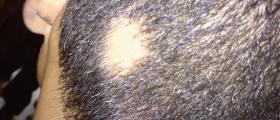

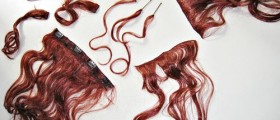
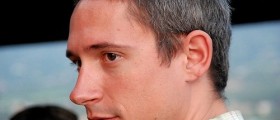

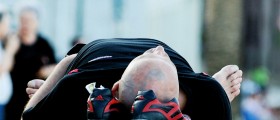



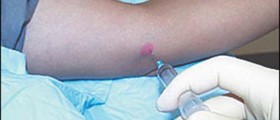
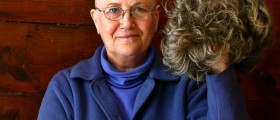
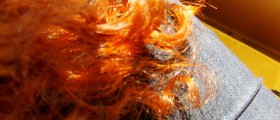

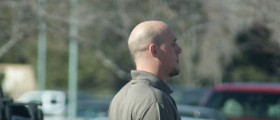

Your thoughts on this
Loading...